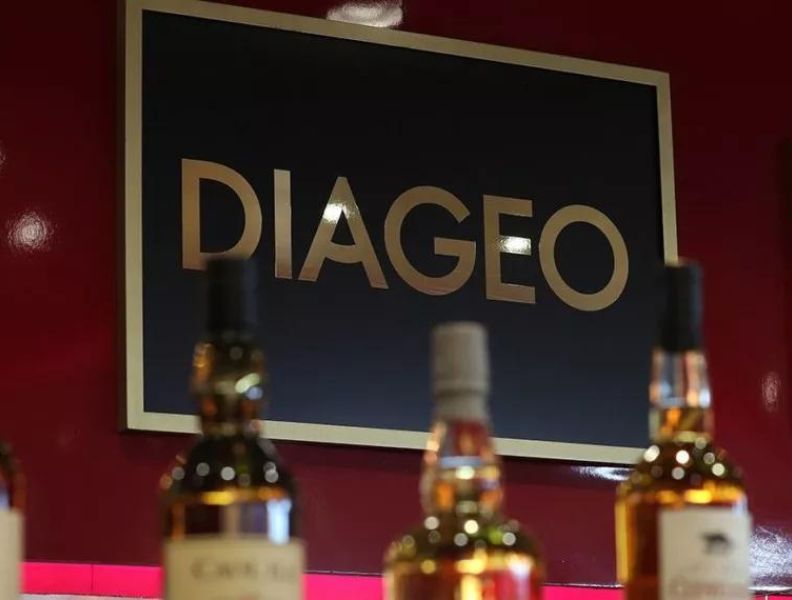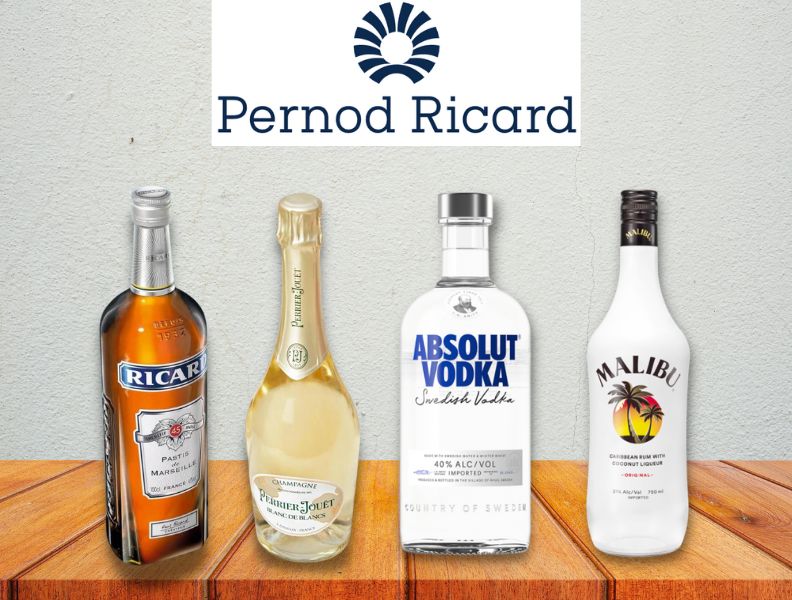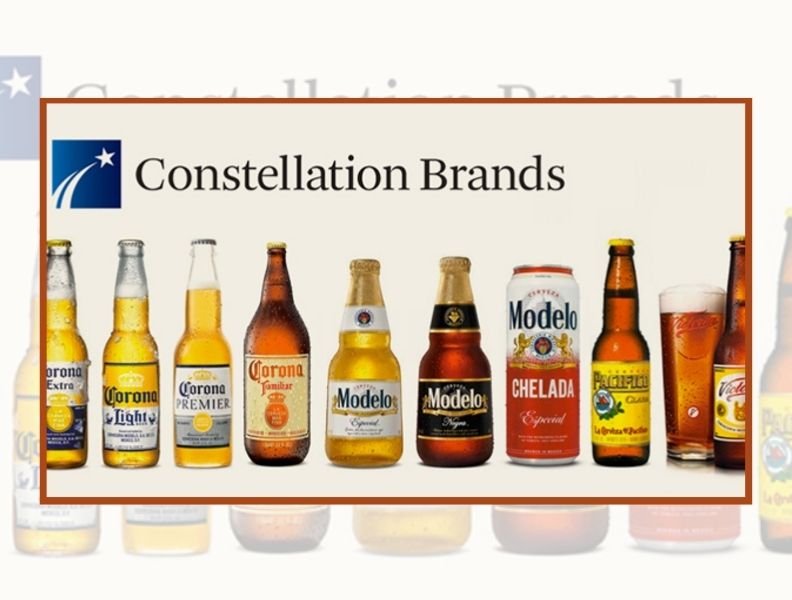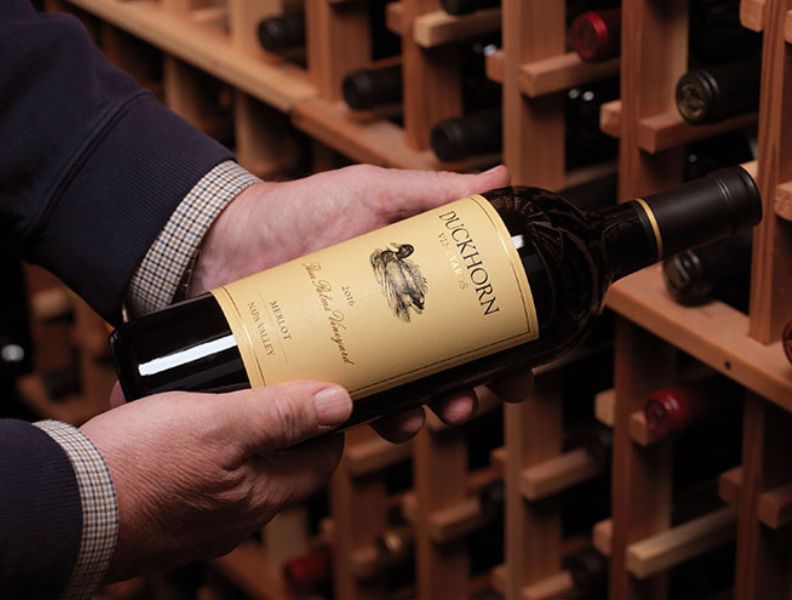
Insights
Best Alcohol Stocks to Invest in 2022
Best Alcoholic Beverages Stocks, that could give you Attractive Returns.
When it comes to wine investment, stocks, bonds, ETFs, and mutual funds are usually the first things that come to mind. But, is that the greatest method to invest in liquor and wine? Unfortunately, it's not as simple as grabbing a pint of your favorite beer to invest in alcohol stocks.
With global wine consumption gradually increasing, wine stocks could provide considerable long-term gains. However, deciding which wine stock to invest in might be difficult with only a few publicly traded wine companies.
For thousands of years, wine has been a premium product reserved for the social elite, an expensive luxury item unavailable to the general public. Alcohol is enjoyed by hundreds of millions of people over the world and is very affordable as a beverage and an investment.
Alcohol is worth billions of dollars annually, and some forecasts suggest that yearly growth will be in the mid-single digits over the next decade. However, investing in wine stocks can be an excellent choice for those seeking more consistent returns and dividend income.
Wine-Stocks
Stocks in wine beverage companies producing and distributing beer, wine, and liquor are known as alcohol stocks.They are part of a category known as "sin stocks" (akin to a vice fund), including marijuana equities and tobacco, gambling, and weapons companies.
The finest wine stocks to buy in 2022 are listed below.
Diageo

Source: Adweek
Diageo is the world's largest liquor distributor and second-largest distiller, with headquarters in London. The company runs in over 180 countries and has over 140 locations.
Diageo's well-known brands are Johnnie Walker, Crown Royal, J&B, Smirnoff, Baileys, Ketel One, and Captain Morgan. In 2000, Diageo PLC sold its food businesses, including Pilsbury and Burger King. Emerging and developing economies are attracted to Diageo's large beer and alcohol range. Diageo has a 20-year dividend history, stable revenue growth, and a rising stock price (until the coronavirus-induced downturn.) It made a nett income or net profit of $1.96 billion in the second half of 2021.
Pernod Ricard

Source:TheStreet
Pernod Ricard is a French alcoholic beverage company best known for its Pernod Anise and Ricard Pastis products. After Diageo and United Spirits Limited, Pernod Ricard is the third-largest wine and liquor limited. In the third quarter of the fiscal year 2022, the company's revenues increased by an impressive 20%.
The company's headquarters are in Paris, France, which was formed in 1975. Pernod Ricard has access to some of the world's top vineyard settings in several well-known wine regions. With over 25 vintages under their belts, each winemaker thoroughly understands their region and varietals. As a result, winemakers create wines for various situations and consumer preferences.
Constellation Brands

Source: Food Manufacturing
New York-based Constellation Brands produces beer, wine, and spirits. This company's portfolio includes wine labels such as Robert Mondavi, Wild Horse Winery, Opus One, Ravenswood Winery, and Clos du Bois.
Other prominent alcoholic beverage brands owned by Constellation Brands, Inc include Corona, Modelo Especial, Pacifico beers, Svedka Vodka, Casa Noble Tequila, and High West Whiskey. It also owns a 38.6% stake in Canopy Growth, a cannabis startup.
Since 2020, revenue has climbed by 3.25 per cent, and operating free cash flow has increased by 7.65 per cent in the fourth quarter of 2021.
Willamette Valley Vineyards (WVVI)

Source: SevenFiftyDaily
Willamette Valley Vineyards Inc. is in Oregon and produces wine for export, emphasizing the U.S. market.
It produces a semi-sparkling Muscat wine under the Tualatin Estate Vineyards label and sells Oregon Blossom wine under the Oregon Cellars label. Willamette Valley Vineyards has more than 30 years of experience in the wine industry and is one of America's top Pinot Noir growers.
You'll want to keep an eye on this company through 2022. Although it's impossible to predict how the wine industry will evolve in the coming years, we can safely predict that Oregon will continue to produce high-quality wines.
The Duckhorn Portfolio (NAPA)

Source: Pixabay
The Duckhorn Portfolio stock listing is a more recent addition to the market. It has a diversified portfolio of wine brands that produce luxury and ultra-luxury wines. Duckhorn Vineyards, Migration, Decoy, Goldeneye, Paraduxx, Kosta Browne, Green Wing, Postmark, and Canvas Back are featured. Duckhorn offers its wines directly to consumers and through wine distributors worldwide.
This wine stock went public in March 2021, grossing approximately $300 million. According to their reports, Duckhorn recorded an 18% revenue growth rate over the last five years and 11 years of organic growth.
Between 2015 and 2020, average EBITDA margins remained around 40% and increased by $56.7 million, yielding a 17% annual growth rate. As the pandemic fades, Duckhorn (and many other U.S. wine producers) may see a lift in earnings and margins from hospitality channels as tasting facilities and bars reopen in California.
Consider companies like The Duckhorn Portfolio when thinking about how the wine industry might evolve and change in the aftermath of the pandemic. Duckhorn is adopting a different approach to luxury wine than its competitors, and we rave about it. This wine stock went public in March 2021 via a typical IPO, grossing approximately $300 million.
Louis Vuitton Moet Hennessy (LVMH)

Source: Business Insider
LVMH is a well-known luxury brand that also produces wine and spirits. This enterprise, founded in 1987, owns more than 20 wineries in Champagne, Burgundy, Bordeaux, and other prestigious locations.
This Paris, France company, which has a market worth 210.78 billion EUR, saw a 14 per cent YoY revenue growth in 2019 and a stock price growth of 41.02 per cent. Over the previous five years, LVMH, like Brown-Forman, has consistently improved its performance.
Wine Stock Market
The worldwide wine industry earns $29 billion in revenue annually and is at a crossroads. Changes in society and taste are preparing to open up new territories and prospects for the sector. The wine industry may conjure up ideas of slow living and idyllic scenery, but it is a major business.
Europe has the most established wine markets: With almost 35 liters per person per year, Portugal, Italy, and France have the highest per capita consumption, compared to 23.9 for Australia, 9.9 for the United States, and only 3.5 for China. Europe is the world's consumption center, with 58% of the volume and 50 per cent of the total value.
Due to their bigger populations, the United States, China, and France have the greatest aggregate wine markets. However, the top wine importers are Germany, the United States, and the United Kingdom, where output is significantly lower than consumption. As a result, wine is one of the best alternative assets for reducing risk and diversifying your investment portfolio. However, all knowledgeable investors must stay up with the current wine investing trends to maintain a successful wine portfolio.
The field of fine wine investment is always evolving. Take a look at how Super Tuscan wines controlled the Italian wine industry for a long time before being challenged by lesser-known Italian wine areas. So, to succeed in the wine business, you must stay current on the latest wine investing trends. Moreover, even though the fine wine market fluctuates, fine wine is an excellent, inflation-resistant, low-risk investment asset.
Conclusion
If visiting wine auctions and tastings at reputable vineyards sounds like the most luxurious way to make money, and you have the funds to get started, becoming a professional wine investor could be a terrific choice. The next step is to figure out how much money you want to put into it and what you want to accomplish.
Article by Ananya Bhattacharjee, Beverage Trade Network
Become a USATT exhibitor and grow your distribution in the USA. Meet importers, distributors, retailers and press. Get exhibitor information here.


